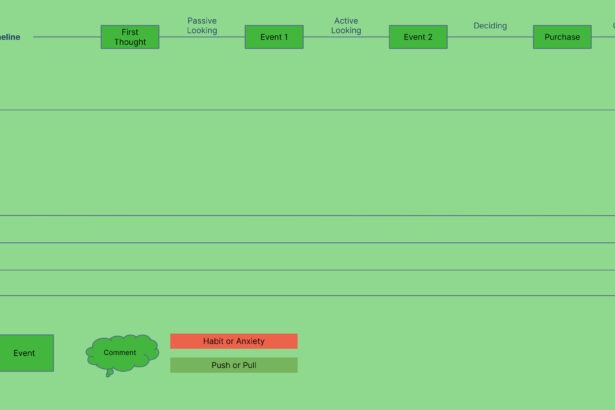
Mission and vision are the strategic bedrock of any company. A mission statement defines the company’s business, objectives, and approach to reach those objectives. A vision statement describes the desired future position of the company. Both serve as a framework for strategic planning and decision-making.
In software product management, the mission and vision statements guide product strategy, development priorities, and feature roadmaps. They ensure that the product team’s efforts align with the company’s core values and long-term goals.
A product leader ensures that the company’s mission and vision are at the forefront of the product development process. They set clear goals that reflect the company’s directives and make strategic decisions to pursue them. This leadership includes deciding which features are essential for the product to contribute to the company’s broader aims.
They also monitor market trends and customer feedback, adjusting the product roadmap to align with the mission and vision. This adaptability is crucial for maintaining relevance and competitive edge.
Moreover, a product leader fosters a culture that values the company’s mission and vision. They communicate these concepts to their teams, ensuring every member understands and works towards these strategic objectives.
Setting the Company Mission
If your organization lacks a clear mission, take the initiative to work with your leadership team to develop one. Start by gathering insights. Analyze your company’s strengths, market position, and core competencies. Engage with leadership, stakeholders, and teams to understand their perspectives on the company’s purpose.
Organize a workshop to define the mission. Focus on what your company does best and the value it provides to customers. Be specific. A mission statement should be concise, memorable, and easily understood by all employees.
A practical template for a mission statement is the
“WHAT for WHOM”
format. It succinctly pairs the company’s service or product (WHAT) with its intended audience or benefit (WHOM). This structure helps to distill the mission to its essence, offering a clear direction for the company’s activities. It’s direct and facilitates quick understanding among all stakeholders. Use this template to articulate a focused mission that aligns with your strategic goals and communicates your purpose effectively.
Once drafted, validate it with diverse teams to ensure it resonates and is actionable. Then, communicate it widely and integrate it into all company processes. Regularly revisit and refine the mission as the company evolves.
Setting the Company Vision
Setting the company vision involves projecting where the organization aspires to be within a specific timeframe, such as ten years. A vision statement should be brief to ensure it is memorable and easily communicated across the company.
The vision must include the customer, clearly identify the problem the company solves, describe the solution, and outline the competitive advantage, or moat, that will sustain the company’s market position.
To create an effective vision, consider these questions:
- Who is our ideal customer?
- What persistent problem are we solving for them?
- How does our solution address this problem uniquely?
- What durable competitive edge do we hold or seek to build?
Answering these questions will provide a blueprint for a compelling vision statement that guides the company’s trajectory and inspires progress toward its future state.


